Snow Ghosts: "Playing instruments is so much more expressive than using a synth can ever be - but we like processing them too"
Forged in a Wiltshire castle, Snow Ghosts’ fifth album, The Fell, explores the region’s dark yet beautiful folklore. Danny Turner finds out more
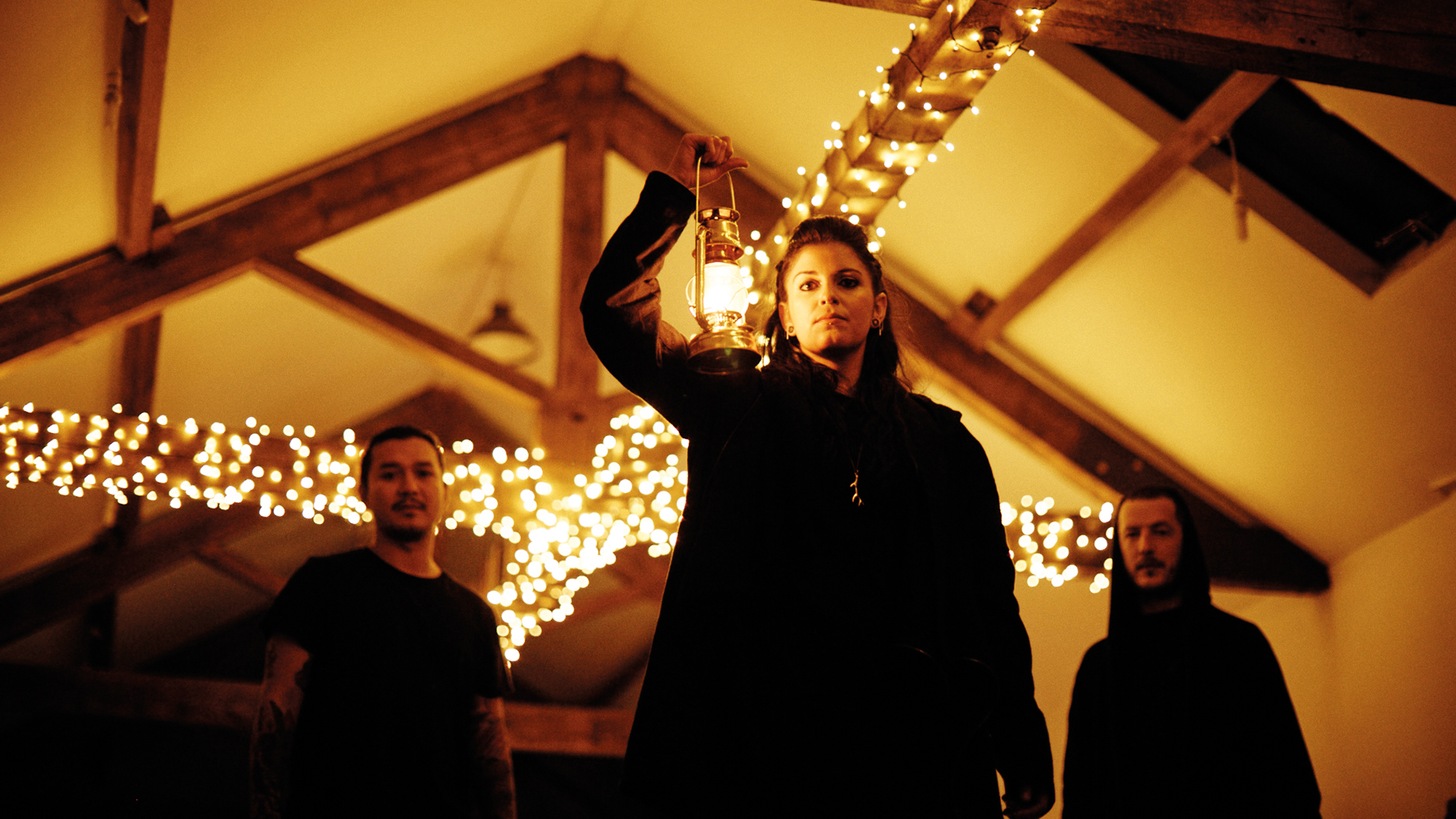
Formed in 2008, electro-acoustic trio Snow Ghosts comprises Ross Tones (Throwing Snow), multi-instrumentalist Oliver Knowles (EXES) and vocalist Hannah Cartwright (Augustus Ghost).
Since their debut album, A Small Murmuration in 2013, the collective has passionately explored the intoxicating mythologies behind Britain’s ancient folklore, creating a complex weave of styles that pulls the listener into a dark past.
While their orchestral-sounding fourth album, A Quiet Ritual (2019), sought to process the shock and grief of bereavement through a prism of electronica, post rock and metal, The Fell’s equally vast sound takes the listener into an auditory time capsule steeped in ancient ritualistic ambiguity.
Digging into their creative subconscious, the trio spent a considerable time holed up in a Wiltshire castle, making use of its acoustic environment by cleverly combining a variety of organic and electronic instruments.
Take us back to how you first met and your decision to collaborate back in 2008...
Hannah Cartwright: “I was doing a few solo projects under the moniker Augustus Ghost, Ross was a producer and he helped me to record something and starting chopping stuff up without my permission [laughs], but before long I started to like what he was doing. I grew up in the Middle East and have always been used to microtonal sounds and the sound of the mosque, but a lot of my interests are similar to Ross in terms of folk music.”
Oli Knowles: “I started playing violin and piano from about the age of five but guitar was my bread and butter and I’ve always been into production. I loved DJ Shadow and Warp Records and had wanted to do something in that vein for a while. When the opportunity to play with Ross and Hannah came about I got more excited about that and started using synths and collecting new instruments.”
Get the MusicRadar Newsletter
Want all the hottest music and gear news, reviews, deals, features and more, direct to your inbox? Sign up here.
Was the album recorded at disparate locations?
Ross Tones: “We had a studio in Wiltshire for about four years that we lovingly called The Castle, which was a big open space where we wrote and recorded most of The Fell. Oli was based in Sweden, so getting time together was difficult, particularly during the pandemic, and I’ve recently moved to Ireland so bits of the record were finished over here.”
HC: “Luckily there are two sides to the castle, so when Oli came over for one of the trips he could quarantine there and send us music remotely. He set up a tiny mini studio and we’d talk to each other from the other side of the door [laughs].”
Is it expensive to hire out a castle?
RT: “It was a live/work environment and nobody had taken it on for two years so it was expensive but worth it. The room was probably ex-stables but with a concrete floor and an open roof. The acoustics were amazing and once we filled it with stuff it had a lovely warm vibe. Everything was recorded in that space with just one microphone – it was about capturing what we were doing and moving quickly rather than going micro on all the details.”
Obviously, you have developed a strong connection as The Fell is your fifth Snow Ghosts album…
HC: “We all have similar interests and tastes that everyone brings different elements too, but we principally just enjoy each other’s company. The music’s really serious, but we’re all quite silly really and have an absolute ball writing it. It’s a good release for us, I think. We have our separate projects too, so every time we regroup we bring a lot of experience from that.”
OK: “We’re always learning and understanding more about production, especially in relation to what Ross gets up to, which allows us to communicate ideas a bit easier and streamline things from album to album. I find it hard to describe the ideas – they just come out in a jumbled mess.”
RT: “We tend to throw lots of ideas at the wall to see if they stick, but that’s all part of the fun. Because we had a space that was all set up, we always felt we could just walk back in and spend a night making music. And unlike London, we didn’t have neighbours that we had to worry about pissing off.”
OK: “We also had enough room for guests to stay, like John Kenny, who was able to bring along and play his six foot carnyx, which is an extremely rare Iron Age Celtic boar-headed horn.”
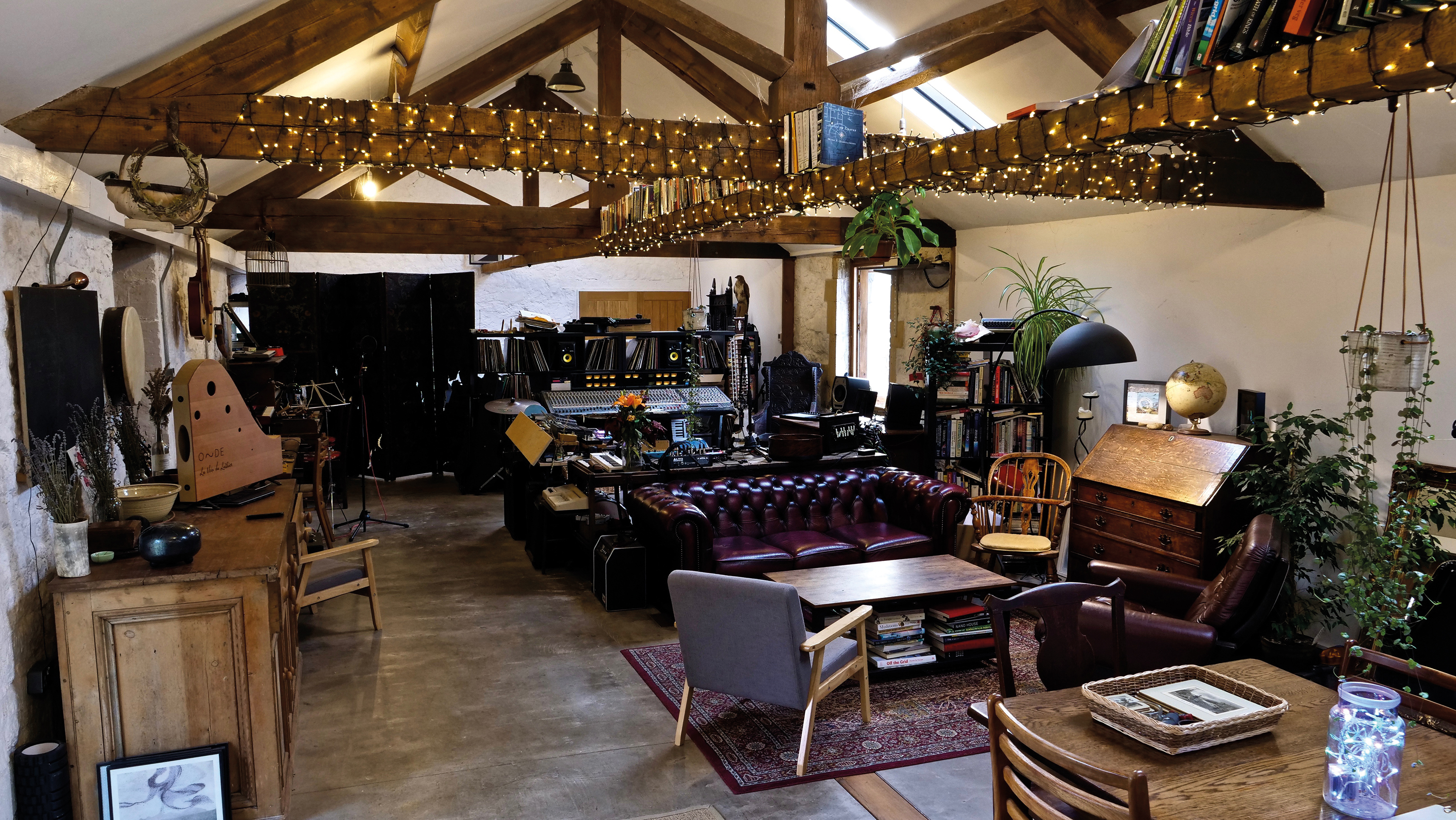
Amidst the fun, the Snow Ghosts sound has a genuine darkness to it that’s hinged on ancient ritualistic themes and folk music. Where does that derive from?
HC: “I’ve always been influenced by folk and folklore. We discussed concepts years before we started writing A Quiet Ritual in 2019 and Ross grew up in an area similar to where we are here.”
RT: “Yes, in Weardale – that’s in the fell at the end of the valley. The landscape is very familiar to me and could be seen as being quite bleak. That gave us a musical canvas to paint on, based not just on folk tales and folklore but fact-based stories and what their function was. That side sounds quite serious but it’s been fascinating learning about all these stories and recreating them in our own way.”
HC: “It’s also been really interesting finishing off the album after moving to Ireland. Irish place names and the folklore behind them is fascinating but weirdly not that different from our original ideas. It’s developed the music in a beautiful direction that I never thought it would have gone. Ross’s grandma gave us Brewer’s Dictionary of Phrase and Fable and a few others that are brilliant archives of everything to do with that – we’re all a bunch of nerds, basically.”
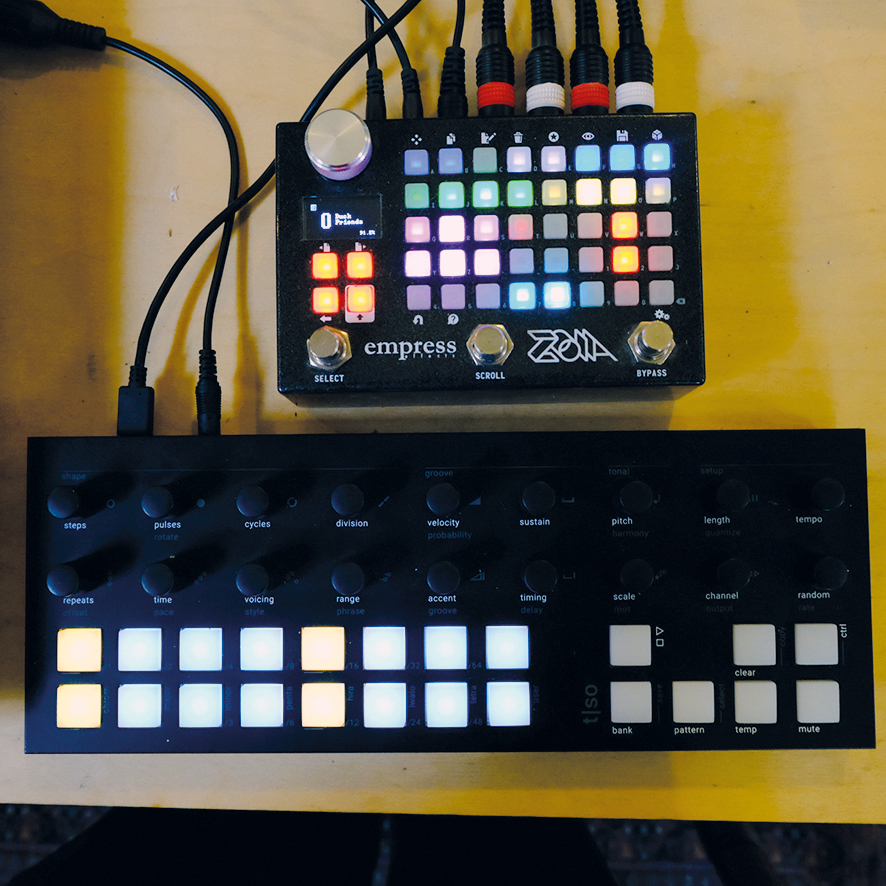
How did the process of recording unfold?
RT: “Initially, we’d work on little snippets of ideas but didn’t develop them much further. When we were able to get together, everyone came with a little nucleus of words, instrument lines or more sketched-out ideas and they acted as a kickstarter for something. We spent a lot of time messing around and laying down instruments, then invariably scrapped everything and started again [laughs].”
How were the musical concepts visualised through the lyrics and vocals, Hannah?
HC: “The concepts are discussed for a while beforehand and I sort of magpie ideas and squirrel lyrics away as and when I feel inspired. I came up with the lyrics for the actual track Magpie about four years ago but hadn’t quite found the right spot for them to have a home. When it came to jamming together in the studio, a lot of things fell into place.”
OK: “At one point, Hannah sent me voice notes from her phone at three o’clock in the morning for the tracks Hearths and Avine and I got so much feeling from those little recordings that I immediately began to get excited about those ideas and felt a strong sense of direction. It was different to how we’d worked before in the sense that everything was much clearer by the time we actually got together and that was a really nice way to get started.”
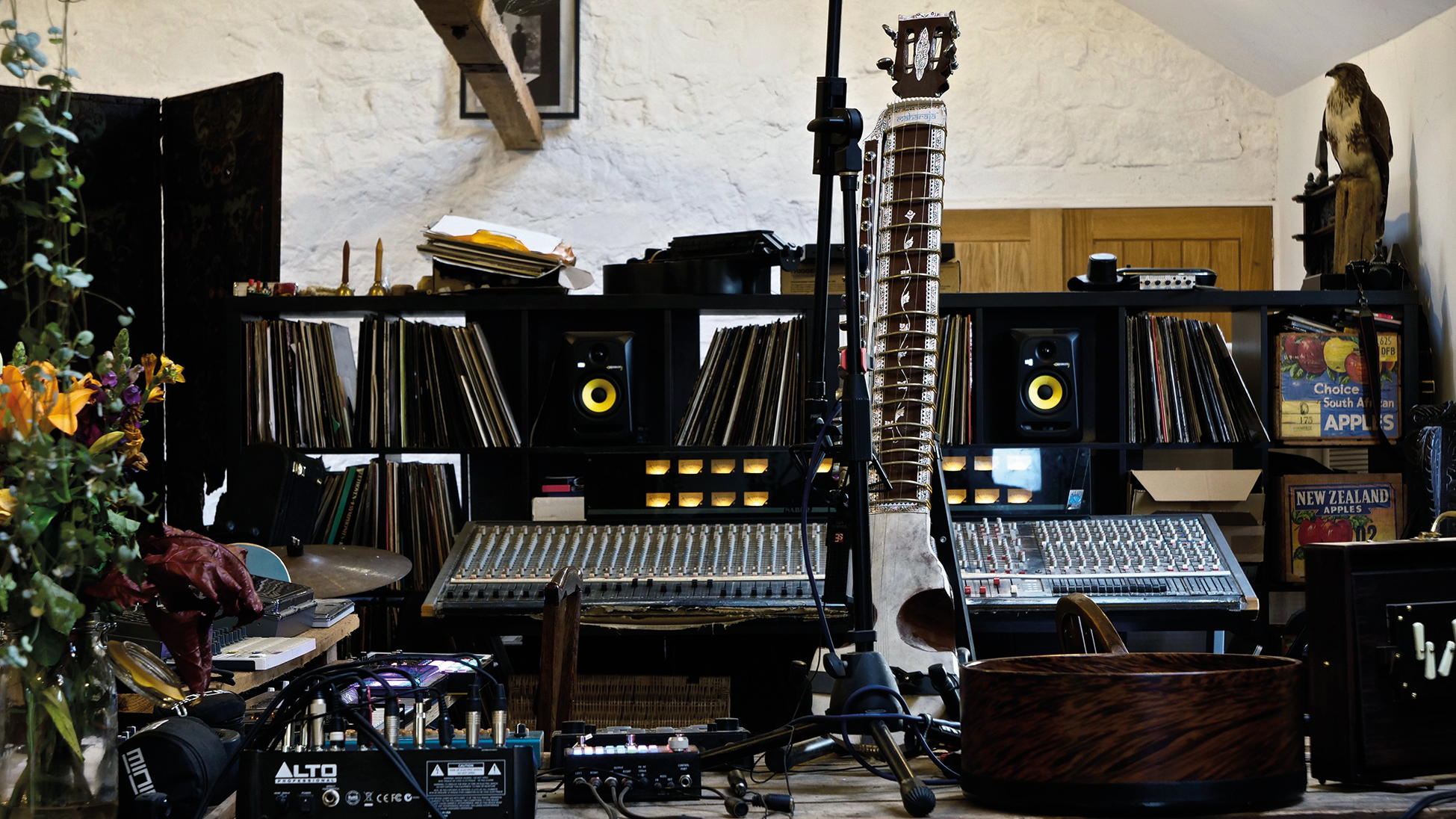
When you receive ideas from one another remotely is there an impulse to work on them immediately or are you able to let them hibernate until you meet up?
RT: “There’s something magical about hearing a first recording but when you put it down it tends to lose something, but Oli had written lots of comments about how he wanted things to sound and that helped us to retain the live spontaneity of an idea.”
HC: “In terms of ideas percolating, I guess if they’re not strong enough they might not hang around, but when they are strong enough you’re not able to get rid of them.”
RT: “Oli might have created a synth sound or melody and those things are separate, but towards the end of the album those ideas tended to coalesce. It feels quite a natural process because there’s always something going on in someone’s head and we’ve worked together so long that as long as we have an arrow to follow everything ends up fitting together.”
At what point were the vocals embedded in?
HC: “It was a complete mixture to be honest. Quite often I’m recording side notes on a phone while the tracks are being written and I’ll generally demo those. Once the instrumental has been finalised a bit more, I’ll redo all the vocals, which is my least favourite part of the process – I find it so stressful trying to recreate what you feel is magical in a pressurised situation.”
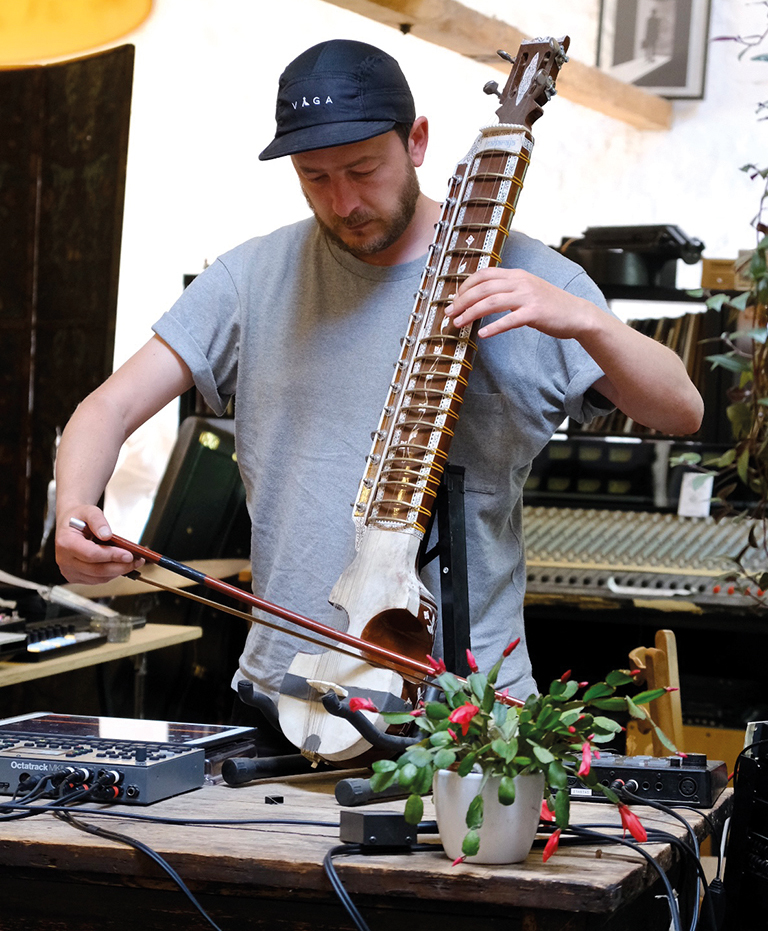
Is that studio-time pressure or the fear of performing in front of others?
HC: “Time pressure is only down to me because the studio is always there. It’s more about the pressure I put on myself to make the vocals as good as they can be. It sounds a bit mental, but once you get to the ‘this is the final recording’ part it adds an element of stress. The final vocal was actually recorded in Ireland where we have a temporary vocal booth set up.”
RT: “You have to record everything in one fixed position for the album to have some kind of consistency and there was a lot of processing that went on afterwards with vocals. For example, with the track Curse, we took one-takes from the original demos, added reverb and delay and used them as a background to the rerecorded vocal. Those effects were not just stuck on because they sounded cool – every weird vocal was considered within the narrative.”
HC: “Including your vocal debut on Buried…”
RT: “We just needed a lower harmony so I banished everyone from everywhere they could possibly hear me and groaned into a microphone. Luckily, processing that allowed me to sound tuneful.”
Is Curse a good example of how certain ritual or ancestral subjects might still have relevance today?
HC: “Curse is more related to the beautiful folkloric tale of the hare turning into a witch to escape being hunted. Within that, there’s definitely a nod to misogyny and the treatment of witches and women, but it’s more about the folklore.”
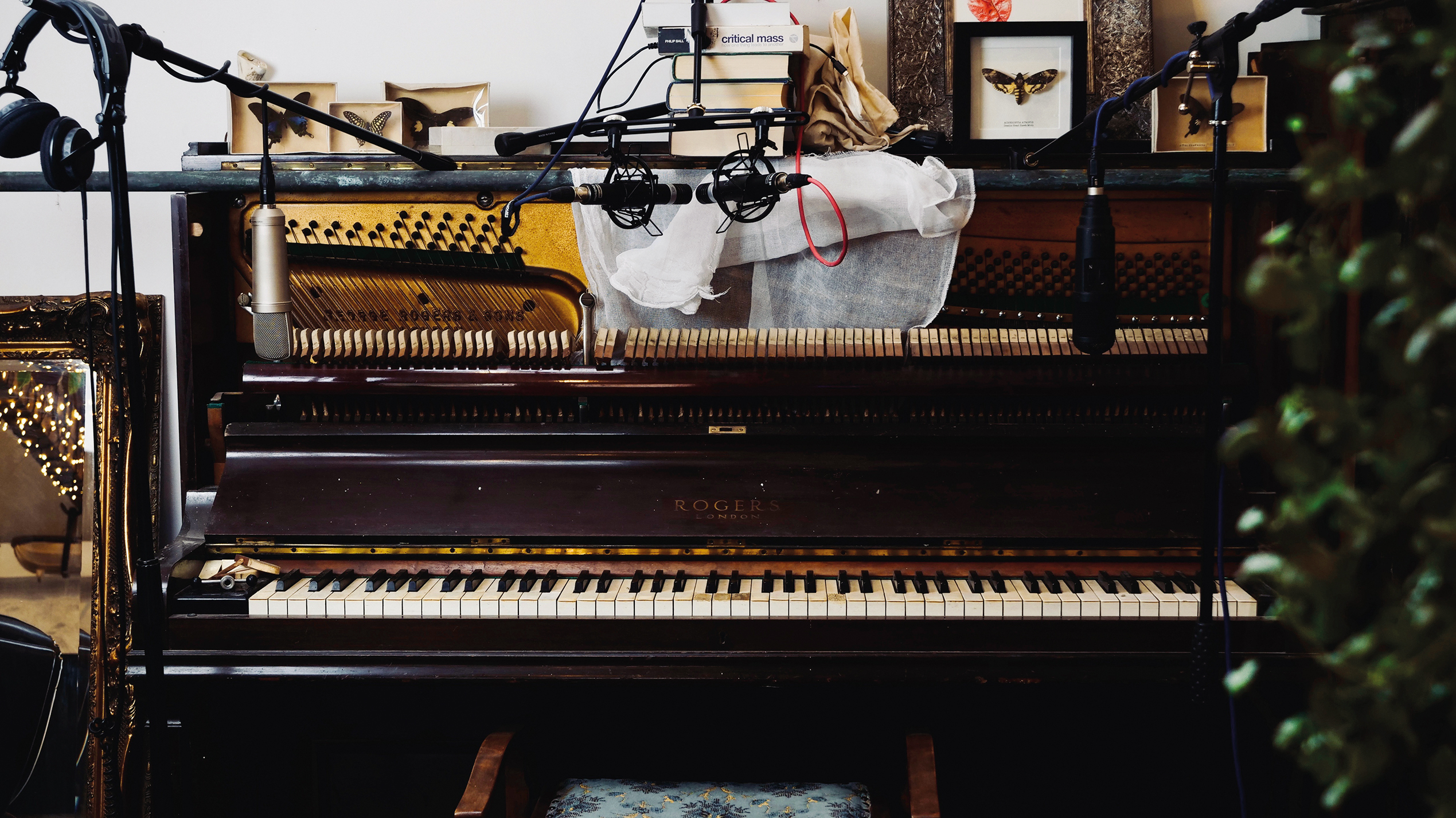
Oli, as an instrumentalist what types of tools did you lean towards when recording this album?
OK: “I used a Novation Bass Station II for a lot of the synth sounds, but for the acoustic stuff I’d just pick Hannah and Ross’s dulcimer stick up off the wall or, say, use the transients from the tail end of a bell sound to create something cool. It was about grabbing instruments and being spontaneous, but also trying to create organic textures and unusual sounds with electronic instruments and vice versa.
“For example, I’d layer violin to support a synth idea, which might sound a bit scratchy and wavy, but together they created a unique sounding drone. Otherwise, I used an Indonesian drum – a bit like a djembe but smaller – and picked up whatever weird-looking percussion things Ross had collected.”
RT: “We used an amazing Persian thin-framed drum called a daf. It’s about 18-20 inches in width and on the inside of the rim there are metal rings all the way around one side of the head. It gives you this splashy snare sound but there are so many sounds you can get out of it.
“We used a bodhrán for most of the percussion and discovered that Oli’s violin and my Indian esraj created some interesting textures because the esraj’s tones are quite high and less woody than the violin. It’s been a big passion learning about recording these instruments because when you mic them in various different places they give you all of the sounds you need, from 808-type subby notes to clippy, short notes.”
Whenever we’ve visited you Ross, you’ve always had – we don’t want to use the word ‘junk’, but electronic toys littered around the studio. Have you pivoted towards playing and sampling acoustic instruments?
RT: “My interest in the acoustic side has always been there but I haven’t had the space or money to collect instruments. As you get older, you acquire certain objects and they get used on so many other things. Playing instruments is so much more expressive than using a synth can ever be, but we like processing them too.
“For instance, on Given Oli played some lines in that we froze using the OTO BAM reverb and then we detuned half of the reverb signal to form a chord, so we used effects as instruments. Right now, I find that the Modal Electronics COBALT8 is a really nice synth – it layers well with Oli’s Korg Minilogue XD. Oli names all of his synths, so they always have a personality that comes with them.”
OK: “I’ve got Barry Bass Station and the XD is called Xavier. The names aren’t very deep; they just have to start with the same letter [laughs].”
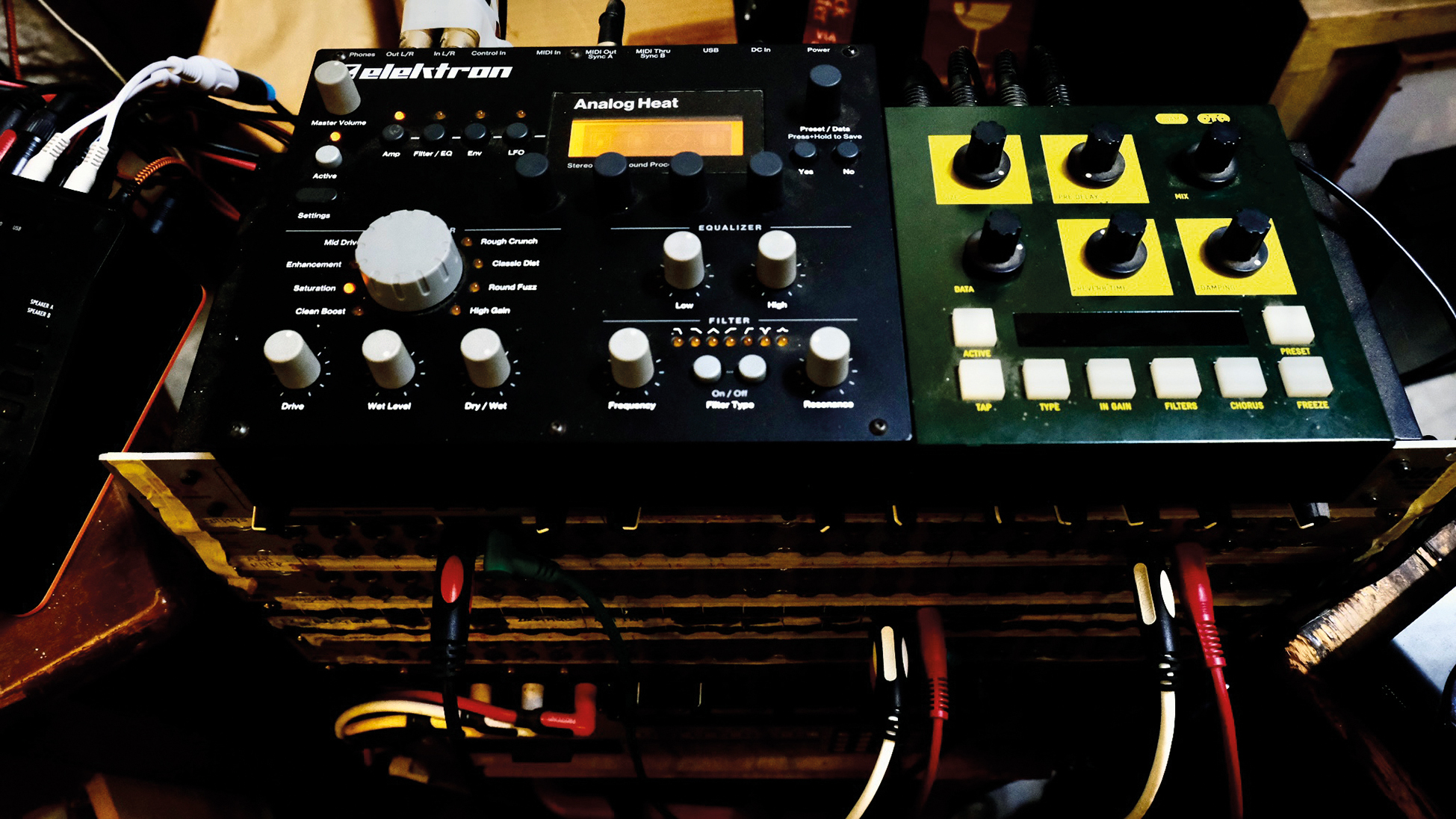
What did you use for the epic drum on Home?
RT: “A lot of those sounds are samples of single hits that are coalesced to sound like a drum machine. That’s the other way of doing things, taking an instrument like the daf and making it sound a bit more mechanical. Apart from that, I’d just go through and pick little interesting bits of percussion from one of Oli’s six-minute takes.”
Did you mix the album collectively?
RT: “A certain amount of mixing got done by everybody simply due to the process of recording. At one point we had a second round of talking about things, but we all knew how we wanted the album to sound. Rather than create a perfect rendition of a mix, a lot of that process was about getting a track into a space that reflects what the song actually is while trying to make it all sound like it comes from the same world.”
Do you have a specific mix chain?
RT: “Once the mixes are there, I stem them out through a little Neve mixer and that goes into an SSL Fusion at the end of the chain. That part’s enjoyable but also a bit terrifying as being part of a band you’re not just mixing for yourself, you want to make sure everybody’s favourite part of the song is heard too and we all have different favourite bits.”
Snow Ghost's new album The Fell is out 24 February on Houndstooth.


“A synthesizer that is both easy to use and fun to play whilst maintaining a decent degree of programming depth and flexibility”: PWM Mantis review
“Do you dare to ditch those ‘normal’ beats in favour of hands-on tweaking and extreme sounds? Of course, you do”: Sonicware CyDrums review









